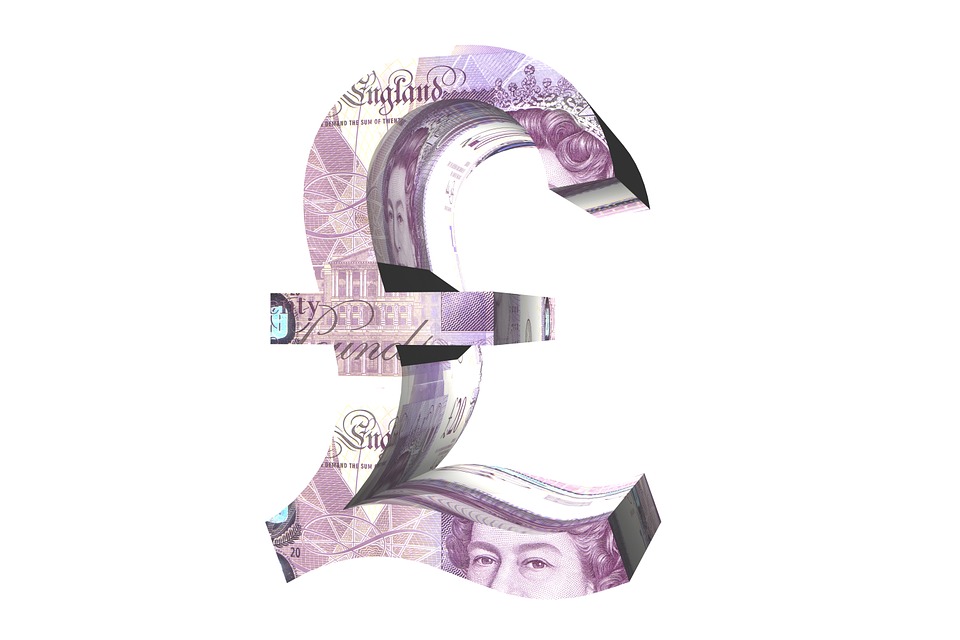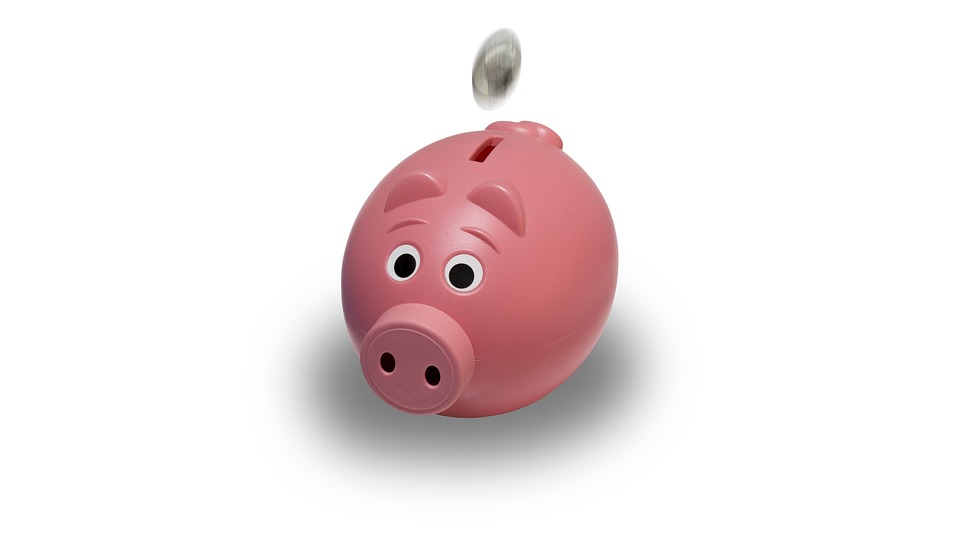Britain’s economy is slightly larger than previously thought, according to new official estimates published on Tuesday that take into account new methodology and data.
The Office for National Statistics added around 26 billion pounds to the size of the world’s fifth-biggest economy in 2016, a rise equivalent to around 1.3% of gross domestic product and bringing total output to just under 2 trillion pounds.
The ONS regularly updates its methods for measuring the economy, which usually results in slight increases to its size.
The latest estimates used new surveys on costs faced by businesses and “significant” changes to the way capital assets such as buildings and machinery are measured.
Average annual growth in the economy between 1997 to 2016 is now estimated at 2.1%, up from 2.0% previously.
“These new figures are produced using new sources and methods, giving significantly improved estimates of how money moves around the UK economy,” Rob Kent-Smith, head of GDP at the ONS, said.
“While these figures are calculated using more and better information than was previously available, overall, they paint a very similar picture about the size and growth in the economy to our current estimates.”
The new figures showed the economy contracted by 6.0% during the financial crisis, a smaller drop than the 6.3% estimated previously. The economy also returned to its pre-crisis peak in early 2013, slightly sooner than thought beforehand.
Reporting by Andy Bruce; Editing by William Schomberg
Source: UK Reuters




